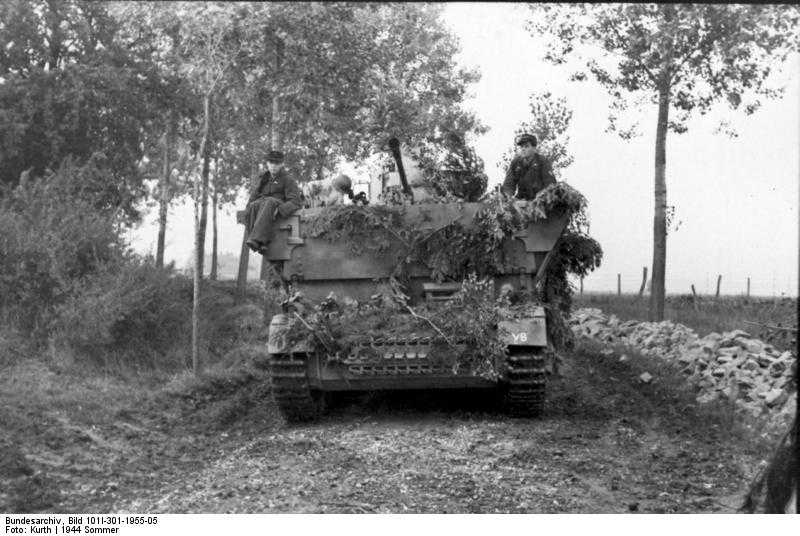
| Year | April 1944 |
| Vehicle Type | Light Self-Propelled AA Gun |
| Origin & Designer | Germany/Deutsche-Eisenwerke |
| Numbers Produced | 240 |
| Crew | 6 (Commander, 2 x Gunners, Loader, Radio Operator & Driver) |
| Main Armament | 1 x 37mm L/89 FlaK 43 |
| Main Armament | [@sponson_traverse] |
| Elevation | -6° to +90° |
| Turret Traverse | [@turret_traverse] |
| Gun Traverse | 360° |
| Gun Mount | [@gun_mounts] |
| Maximum Range | [@maximum_range] |
| Armour Penetration | [@armour_penetration] |
| Gun Sight | Flakviser 40 |
| Secondary Armament | 1 x 7.92mm MG34 (No Mount) |
| Smoke Discharger | [@smoke_discharger] |
| Ammunition Carried | 416 x 37mm & 600 x 7.92mm |
| Height | 2.73m |
| Width | 2.95m |
| Length | 5.92m |
| Combat Weight | 24.000 kg |
| Ground Clearance | 0.40m |
| Fording Depth | 1.20m |
| Trench Crossing | 2.20m |
| Obstacle Clearance | 0.60m |
| Climbing Ability | 30° |
| Radio | FuG-5 |
| Armour | Hull Front: 80mm Hull Sides: 30mm Hull Rear: 20mm Hull Top: 12mm Hull Bottom: 10mm Gun Compartment: Gun Shield: None Front: 25mm Sides: 25mm Rear: 25mm Top: Open |
| Engine | Maybach HL 120 TRM (Petrol) |
| Transmission | 6 Forward & 1 Reverse |
| Maximum Road Range | 200 km |
| Maximum Cross Country Range | 130 km |
| Maximum Water Range | [@maximum_water_range] |
| Maximum Road Speed | 38 kph |
| Maximum Cross Country Speed | 16 kph |
| Maximum Water Speed | [@maximum_water_speed] |
| Variants | [@variants] |
| Notes | By late 1943 the growing threat of allied ground attack aircraft had begun to take its toll. The Luftwaffe had lost control of the skies in Italy and something was needed to protect armoured vehicles from air attack. The solution was to arm as many vehicles with light anti-aircraft guns as possible and the Möbelwagen ((Moving Van) was one such vehicle. Built on the chassis of the Panzer Mk. IV tanks which had returned to be repaired, the Möbelwagen was armed with a single 37mm FlaK 43 complete with shield and capable of 360° traverse. The gun was basically mounted in an armoured box with sides that could be lowered in various stages to allow the gun to engage different types of targets. The Möbelwagen was first issued in the spring of 1944 and did the job of protecting armoured units until better vehicles could be developed. It mainly saw service in Western Europe. |